Download a Letter of Compliance Template
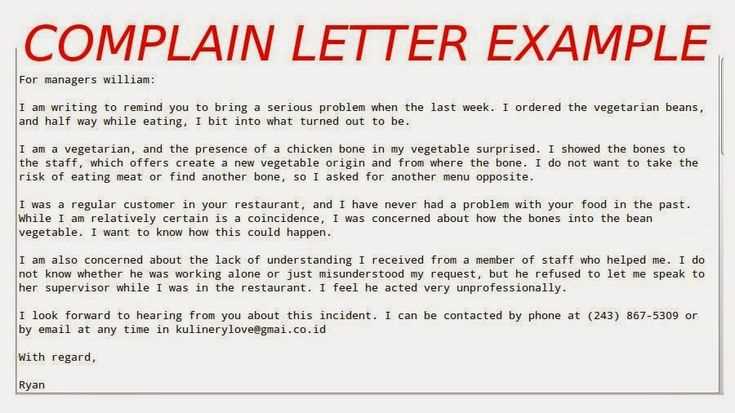
When preparing formal documents to meet regulatory standards, it’s crucial to follow a structured approach that aligns with industry expectations. These documents often serve as evidence that a certain set of guidelines has been met, and they must be clear, precise, and professionally presented. Crafting a document that accurately reflects compliance is essential for both legal and business purposes.
Key Elements for Structuring Your Document
A well-organized document should include several critical components to ensure it serves its intended purpose effectively. Each section must be clearly defined to communicate specific information. Some of the essential aspects include:
- Header Information: Ensure that all pertinent details such as company name, date, and subject are present.
- Statement of Compliance: Clearly outline how the requirements have been met or fulfilled.
- Supporting Documentation: Provide any evidence or references that back up the claims made in the statement.
- Signature Section: Include a place for authorized signatures to validate the document.
Steps for Crafting an Effective Document
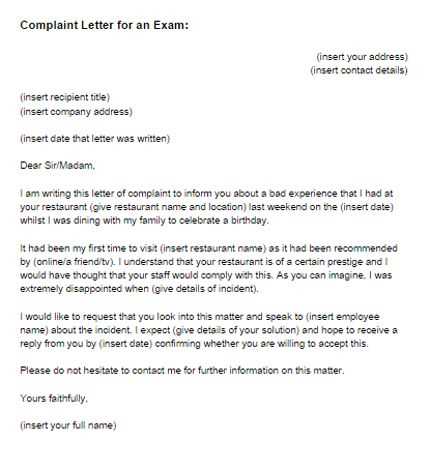
Creating a document that meets the necessary standards involves several important steps. Begin by gathering all required information and understanding the specific guidelines you must adhere to. Once you have a clear overview, proceed with drafting the document. Here are the key steps to follow:
- Gather all necessary data and references.
- Ensure that your writing is concise and straightforward, avoiding unnecessary jargon.
- Review the document for accuracy and completeness.
- Ensure that it follows the formatting and structural guidelines provided by the regulatory body.
- Have it reviewed by legal or compliance experts before submission.
Avoiding Common Mistakes
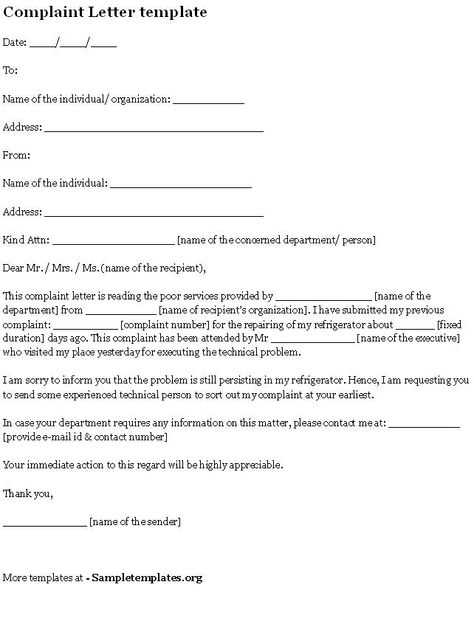
Even with a structured approach, mistakes can still occur. The most common errors include missing information, improper formatting, or failing to provide sufficient evidence to back up claims. To avoid these pitfalls, ensure that:
- All required fields are filled out completely.
- The document is free from grammatical and typographical errors.
- All claims are substantiated with relevant documentation or data.
Final Thoughts on Creating Regulatory Documents
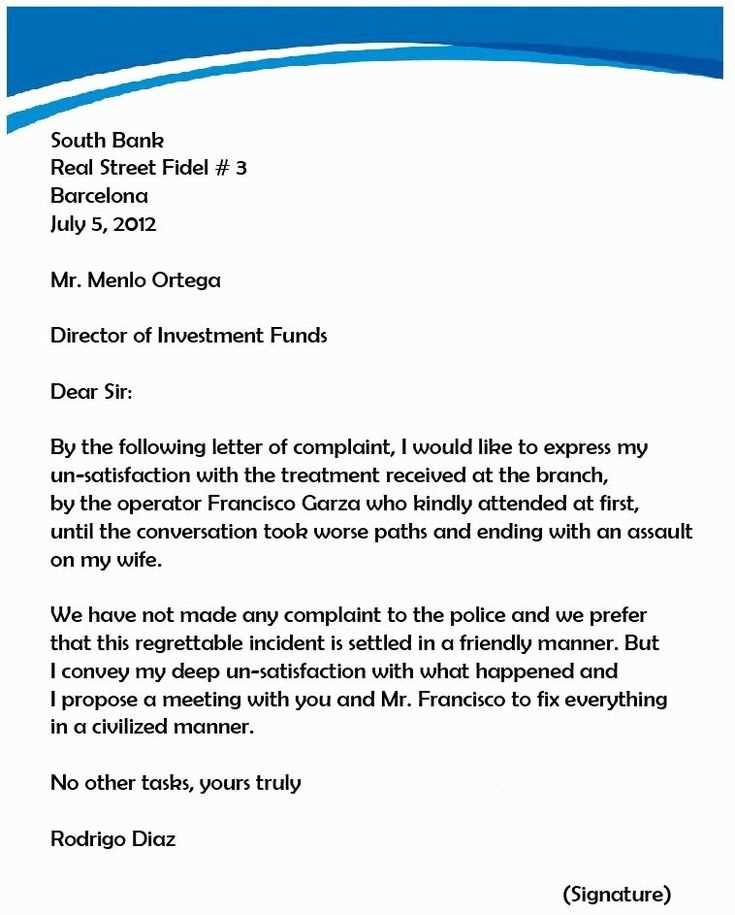
Preparing a formal document to meet industry standards is a vital task that requires attention to detail and a thorough understanding of the requirements. By following the steps outlined above and avoiding common mistakes, you can create a document that effectively demonstrates adherence to the necessary standards and ensures successful approval.
What is a Regulatory Document
Steps to Create a Formal Form
Essential Parts of a Legal Document
Common Errors in Legal Papers
Regulatory Guidelines for Official Forms
Optimizing Documents for Legal Purposes
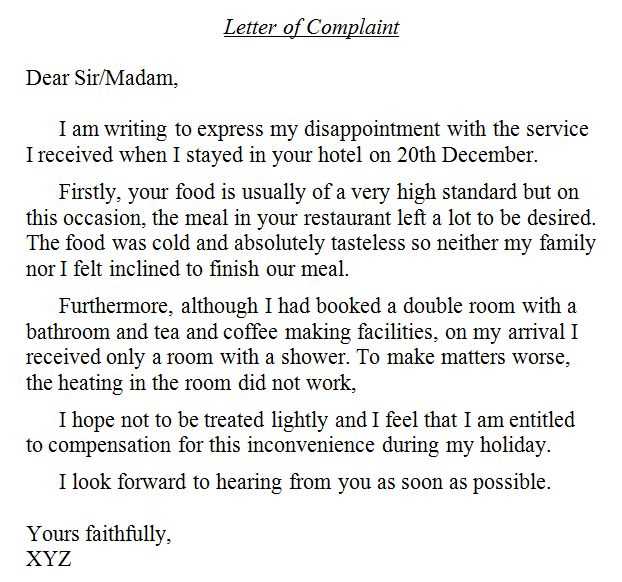
When preparing formal documents to verify adherence to specific requirements, it’s crucial to structure them clearly and effectively. These documents play a key role in ensuring that all legal and business obligations are met. A well-crafted document not only serves as a record of compliance but also helps mitigate legal risks by presenting the necessary evidence in an organized manner.
To begin creating such a formal form, it is important to understand the key steps involved. First, gather all relevant data and ensure that you have a full understanding of the criteria you must meet. Once this is established, begin drafting the content while paying close attention to the required format and structure. A clear outline should be followed to present all information logically.
There are several essential components that must be included in every legal document. These include the identification of the parties involved, a statement confirming the completion of specific requirements, and a section for signatures. Additionally, supporting evidence or references must be provided to substantiate the claims made in the document. Each element should be presented with clarity to ensure the document serves its intended purpose.
While drafting, it’s easy to overlook small errors that could undermine the document’s credibility. Common mistakes include omitting critical information, using incorrect formatting, or failing to include all required references. Ensuring accuracy and thoroughness is essential to avoid these errors and enhance the effectiveness of the document.
Regulatory guidelines play an important role in shaping how formal documents should be structured. These guidelines typically cover formatting, the language used, and the specific information that must be included. Adhering to these rules is crucial to ensure that your document is accepted and deemed valid by relevant authorities.
To make your document more efficient for legal purposes, optimizing its structure is key. Using standardized sections, clear headings, and consistent formatting not only improves readability but also ensures that all necessary information is easy to find. The document should be streamlined and free of unnecessary content to ensure compliance with the legal requirements.